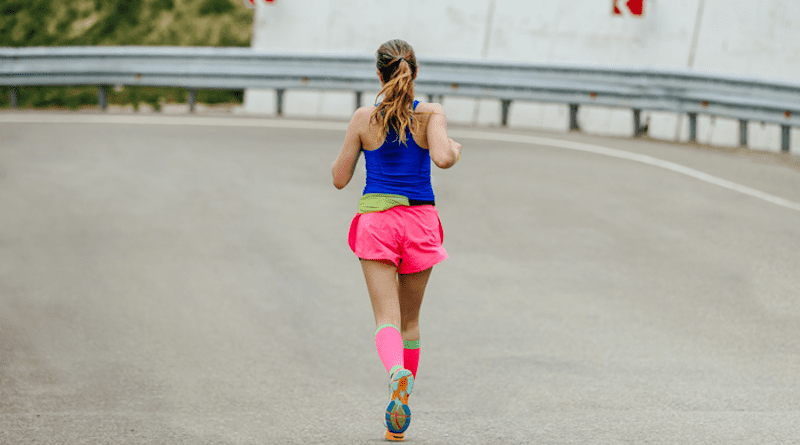Restrictive Eating And Eating Disorders Associated With Injuries In Female Athletes
he results showed that of the athletes who reported restrictive eating, 62% had sustained at least one injury during the preceding year compared to 54% of those not reporting restrictive eating. From those reporting current or past eating disorder, 68% had had at least one injury during the preceding year, while the figure form those not reporting current or past eating disorder was 53%. Forty percent of the athletes reporting menstrual dysfunction and 27% of the athletes reporting regular menstrual cycle had missed at least 22 training/competition days due to injuries during the preceding year.
“The data were collected at one time point, so we weren’t able to interpret the causality between eating and menstrual cycle issues and injuries,” says Suvi Ravi, the corresponding author and a doctoral researcher at the Faculty of Sport and Health Sciences.
“However, we know from previous studies that restrictive eating and eating disorders usually lead to energy deficiency and consequently predispose athletes to many health issues,” explains Ravi. “Menstrual dysfunction can also result from energy deficiency.”
Problems with eating and menstrual cycle are common
A further aim of the study was to investigate the differences in the prevalence of restrictive eating, eating disorders, and menstrual dysfunction by participation level, age, and sports type. The findings revealed no differences between higher-level athletes (athletes competing at national or international level) and lower-level athletes (recreational athletes and athletes competing at regional/district level). However, younger athletes (aged 15–24 years) reported more menstrual dysfunction and fewer current or past eating disorders than did older (aged 25–45 years) athletes.
When athletes were divided on the basis of the type of sport they were engaged in, it was found that restrictive eating, a current or past eating disorder, and menstrual dysfunction were more common among athletes competing in lean sports (endurance, aesthetic, weight class, and antigravitation sports) than among those athletes competing in non-lean sports (ball games, as well as technical and power sports).
“Our results show that issues related to eating and menstrual cycle are rather common in female athletes regardless of their competition level,” says Ravi. “Athletes and people working with athletes should pay attention to problems with eating and menstrual cycle in the early phase to prevent longer-term issues. Restrictive eating and weight optimization are commonly used methods to improve performance, but in some cases that can lead to injuries and missed training days.”
This survey-based study is part of the larger Naisurheilija 2.0 project conducted at the University of Jyväskylä and Research Institute for Olympic Sports and led by PhD Johanna Ihalainen. The current study investigated the associations between restrictive eating, eating disorders, menstrual dysfunction, and injuries among 846 female athletes aged 15–45 years and competing in 67 different sports disciplines.

